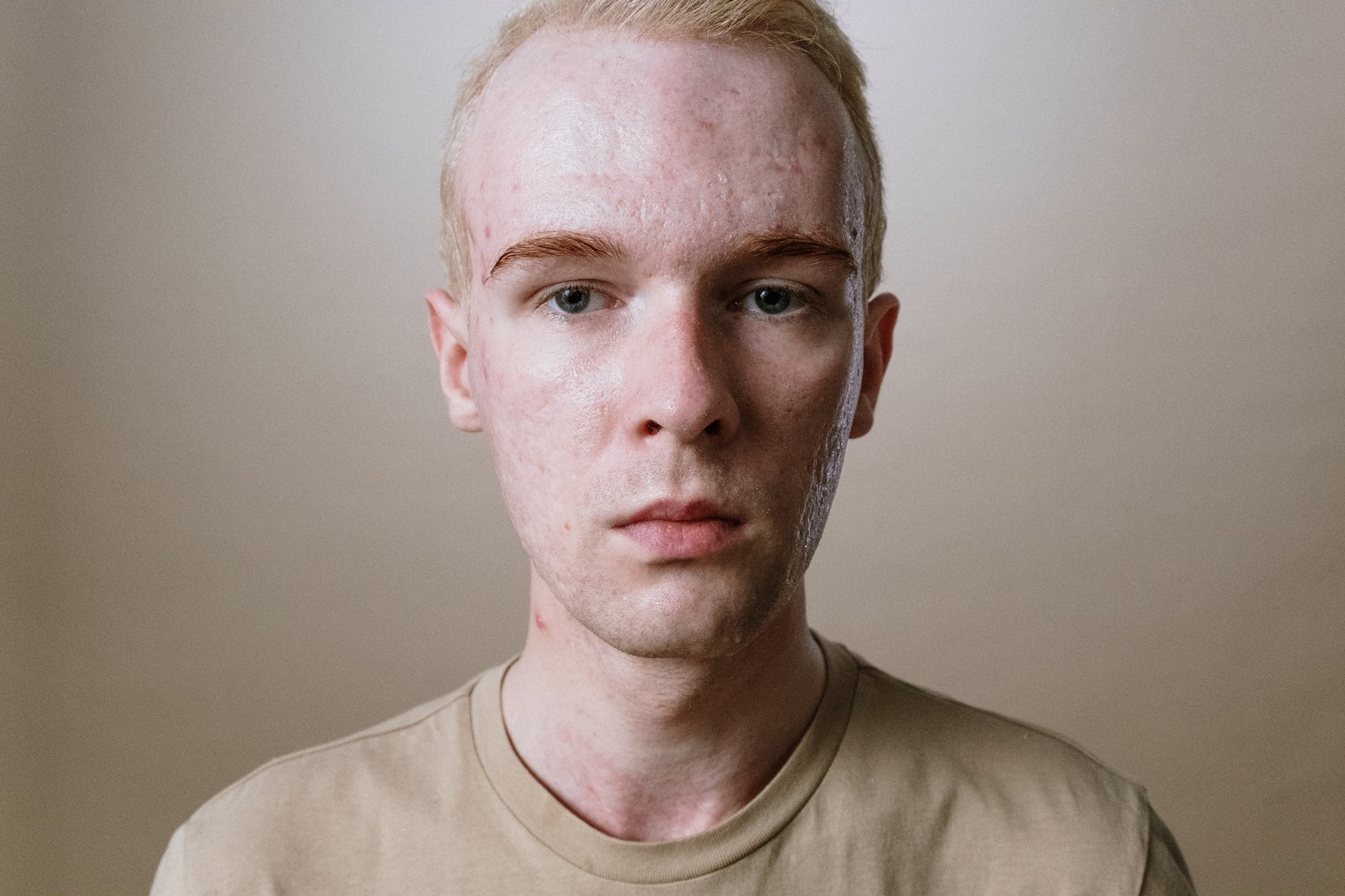
Dermal Fillers vs. Botox: What’s Right for You?
In recent years, the realm of cosmetic treatments has witnessed a significant shift towards non-surgical options, with an increasing number of individuals seeking effective yet minimally invasive solutions to address their aesthetic concerns. This trend highlights a growing preference for treatments that offer noticeable results with minimal downtime. Among the most sought-after procedures in this category are dermal fillers and Botox, both renowned for their ability to rejuvenate the appearance in distinct yet complementary ways.
Dermal fillers, composed of substances like hyaluronic acid, are primarily used to restore lost volume and smooth out deep-set lines and wrinkles. They work by plumping up the treated area, leading to a more youthful and refreshed facial contour. Commonly treated areas using dermal fillers include the lips, cheeks, and nasolabial folds, making dermal fillers a versatile option for those looking to address age-related volume loss or enhance specific facial features.
On the other hand, Botox, a form of Botulinum toxin, operates on a different principle. It temporarily relaxes facial muscles, effectively reducing the appearance of dynamic wrinkles that are formed by repeated facial expressions. Areas typically treated with Botox include the forehead, around the eyes (commonly referred to as crow’s feet), and between the eyebrows. Botox is celebrated for its ability to smooth out expression lines, resulting in a more relaxed and smooth facial appearance.
Both treatments, while different in their approach and outcomes, represent the forefront of modern cosmetic procedures, offering individuals a way to subtly refine their appearance without the need for invasive surgery.
Understanding Dermal Fillers
Definition and Types
Dermal fillers are injectable treatments used in cosmetic dermatology to counteract various signs of aging and enhance facial aesthetics. Primarily composed of hyaluronic acid, a substance naturally found in the skin, these fillers come in various formulations. Each type is tailored for specific areas and concerns: some are designed to be softer for delicate areas like the lips, while others offer more robust support for cheek and jawline enhancement.
How They Work
The primary function of dermal fillers is to add volume and smooth out skin folds and wrinkles. When injected beneath the skin’s surface, they fill in space where natural collagen and elastin may have diminished. By replenishing this lost volume, dermal fillers help in smoothing lines, softening creases, and enhancing facial contours, thus contributing to a more youthful appearance.
Common Treatment Areas
Dermal fillers are versatile in their application, addressing various areas of the face. They are commonly used to plump thin lips, enhance shallow contours, soften facial creases, remove wrinkles, and improve the appearance of recessed scars. Popular areas for treatment include the cheeks, lips, nasolabial folds, and marionette lines.
Duration and Effects
The effects of dermal fillers are immediately visible post-treatment, with results typically lasting from 6 to 18 months. The duration depends on the type of filler used, the area treated, and individual factors like skin type and lifestyle. As the body naturally absorbs the hyaluronic acid over time, the effects gradually diminish, allowing for adjustments in subsequent sessions to adapt to changing aesthetic preferences or aging.
Understanding Botox
Definition
Botox, a well-known brand name for Botulinum toxin, is a neurotoxin derived from the bacterium Clostridium botulinum. In the realm of cosmetic treatments, Botox is primarily used for its ability to reduce the appearance of facial wrinkles and lines. It is revered for its non-invasive nature, offering a convenient alternative to more invasive cosmetic procedures.
Mechanism of Action
The way Botox works is by temporarily paralyzing the muscles into which it is injected. When small, controlled amounts of Botox are injected into specific facial muscles, it blocks the nerve signals that cause muscle contraction. This relaxation of muscles leads to a reduction in the appearance of dynamic wrinkles – those formed by facial expressions like frowning, squinting, or smiling.
Common Treatment Areas
Botox is most commonly used in areas where dynamic wrinkles are prominent. These include the forehead, where horizontal lines can form, the area between the eyebrows (often referred to as ’11 lines’ or frown lines), and around the eyes, commonly known as crow’s feet. These areas are particularly susceptible to wrinkles caused by repetitive facial movements, making them ideal candidates for Botox treatments.
Duration and Effects
The effects of Botox are not immediate; they typically start to become noticeable within a few days after treatment, with full results appearing within one to two weeks. The longevity of Botox effects varies from person to person, but on average, the results last between 3 to 6 months. As the effects of the toxin wear off, muscle action gradually returns, leading to the reappearance of wrinkles and lines. Regular treatments can help maintain the smooth appearance achieved with Botox, and many users find that over time, the frequency of required treatments may decrease.
Comparing Dermal Fillers and Botox
Differences in Application
Dermal fillers and Botox, while both popular in the realm of cosmetic treatments, have distinct applications and areas of use. Dermal fillers are primarily aimed at restoring lost volume and smoothing out static wrinkles (wrinkles present when the face is at rest), making them ideal for treating areas like the cheeks, lips, and nasolabial folds. They are injected into the skin to plump and lift the targeted area.
Botox, on the other hand, is used to address dynamic wrinkles – those that appear as a result of facial expressions like frowning or smiling. It is typically applied to the upper face, including the forehead, between the eyebrows, and around the eyes. Botox works by relaxing the muscles responsible for these expressions, thereby smoothing the skin above them.
Results and Longevity
The results of dermal fillers are usually immediate, with the full effect visible once any swelling subsides. The longevity of these results can vary but generally lasts between 6 to 18 months, depending on the type of filler used and the area treated.
Botox results are not immediate and usually start to appear within a few days to a week after treatment, with the full effect visible after about two weeks. The effects of Botox typically last between 3 to 6 months, after which the muscle action gradually returns, and with it, the appearance of wrinkles.
Side Effects and Risks
Both treatments come with their own set of potential side effects and risks. Dermal filler treatments may result in temporary side effects such as redness, swelling, bruising, or tenderness at the injection site. Rare but more serious complications can include allergic reactions or filler migration.
Botox may also cause temporary side effects such as bruising, swelling at the injection site, or a headache. In rare cases, there can be a drooping of the eyelid or asymmetry in facial expressions if the toxin spreads to nearby muscles.
It’s important for anyone considering these treatments to consult with a qualified healthcare professional to understand these risks and to ensure the treatments are administered correctly.
Making the Right Choice
Personal Needs and Goals
Choosing between dermal fillers and Botox is a decision that should be aligned closely with one’s personal aesthetic goals and needs. Dermal fillers are often the preferred choice for those looking to address volume loss or to refine specific areas such as the lips or cheeks. They are ideal for smoothing out static wrinkles and folds, providing a more youthful and plumped appearance. On the other hand, Botox is best suited for individuals aiming to reduce the appearance of dynamic wrinkles, particularly those that appear with facial expressions. Understanding the unique benefits and specific applications of each treatment is crucial in aligning the choice with the desired outcome.
Consulting with Professionals
An essential step in this decision-making process is consulting with experienced professionals. A qualified practitioner can provide a comprehensive assessment, taking into account factors such as skin type, facial structure, age, and desired results. They can offer expert advice on which treatment, or combination of treatments, would be most effective in achieving the individual’s aesthetic goals. This professional guidance ensures that the chosen procedure is not only suitable but also safely administered.
Safety and Expectations
When considering cosmetic treatments like dermal fillers and Botox, it is imperative to prioritize safety and maintain realistic expectations. Patients should seek out reputable clinics and qualified practitioners who use high-quality, approved products. Understanding the potential risks and side effects of each treatment is vital. Equally important is having realistic expectations about the results. While these treatments can offer significant improvements, they are not permanent solutions and will require maintenance sessions to sustain the effects. A clear and realistic understanding of what each treatment can and cannot achieve will lead to greater satisfaction with the outcomes.
Conclusion
The decision between dermal fillers and Botox is one that should be informed by a clear understanding of their distinct characteristics and applications. Dermal fillers are excellent for restoring volume and smoothing out static wrinkles, providing immediate results that can rejuvenate and enhance facial features. Botox, conversely, is adept at reducing the appearance of dynamic wrinkles, offering a smoother look predominantly in the upper facial area. Both treatments have their unique advantages, longevity, and considerations, making them valuable tools in the arsenal of cosmetic treatments.
The choice between these two options should be guided by personal aesthetic goals, the specific areas of concern, and the desired outcomes. It’s essential to remember that each individual’s needs and facial anatomy are unique, requiring a tailored approach for the best results.
For those considering dermal fillers, Botox, or any other cosmetic procedures, the importance of professional advice cannot be overstated. Consulting with experienced practitioners ensures not only the efficacy of the treatment but also its safety and suitability for your individual needs.
We invite you to consult with KP Aesthetics for personalized advice and treatment plans. Our team of experts is dedicated to helping you achieve your aesthetic goals with a focus on safety, quality, and achieving natural-looking results. Whether you’re considering dermal fillers, Botox, or exploring other cosmetic options, KP Aesthetics is here to guide you through your journey towards a more confident and refreshed appearance. Contact us today to schedule your consultation and take the first step towards realizing your aesthetic aspirations.






